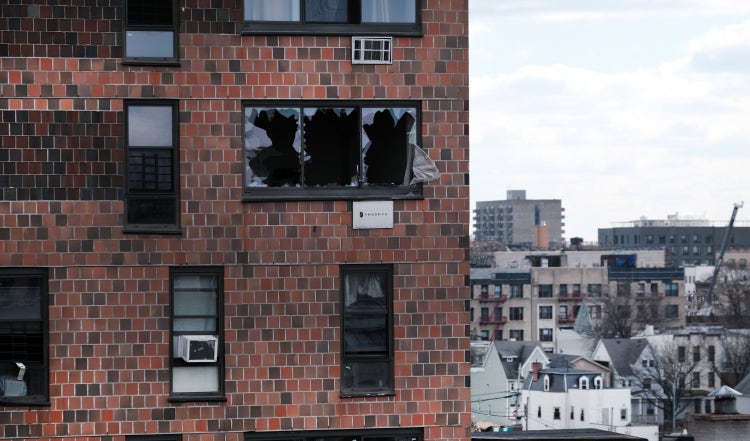
Brutal living conditions were identified in the Bronx housing tower before a fire ripped through the building on Sunday (Jan. 9), killing 17 people, The New York Post reports.
According to the outlet, recent reviews of the complex document the dangerous conditions identified by city inspectors that plagued the building. Tenants reported problems like broken smoke alarms that building maintenance took weeks to fix, spreading mold, malfunctioning exhaust fans and more.
Records show the New York City Housing Authority, which was tasked with inspecting 12 of the building’s 120 units, ordered to have these conditions fixed. Five of those apartments failed the department’s inspections and two of those were on the third floor, where the fire broke out on Sunday.
One apartment was lacking smoke and carbon monoxide detectors, mold was found growing on the ceiling and there was evidence that lead paint was used in the hallway. The New York City Housing Authority reportedly offered to move the family who was living there, but the landlord, several months later, did finally replace the smoke detector.
Other repairs and replacements were made in the remaining apartments and four out of the five units passed the department’s inspection. However, tenants said that the same problems would quickly reappear as items continued to break.
“Any time we complained the smoke alarms in our apartment didn’t work, they would take weeks to come and fix them,” ninth floor tenant Francisco Javier said. “Even when they fixed the smoke alarms, it wouldn’t be long until they broke again.”
Survivors of the building fire mentioned these conditions and more in their new class-action lawsuit against the apartment complex’s landlords. As reported by REVOLT, the suit, which is seeking $1 billion in damages; accuses the landlords of failing to properly maintain the building.
“Defective conditions,” it claims, such as malfunctioning front doors, smoke detectors, fire escapes and electric lines; were left untreated contributing to the deadly fire. The lawsuit also claims the building lacked an intercom system, sprinkler system, and adequate and lawful heat.